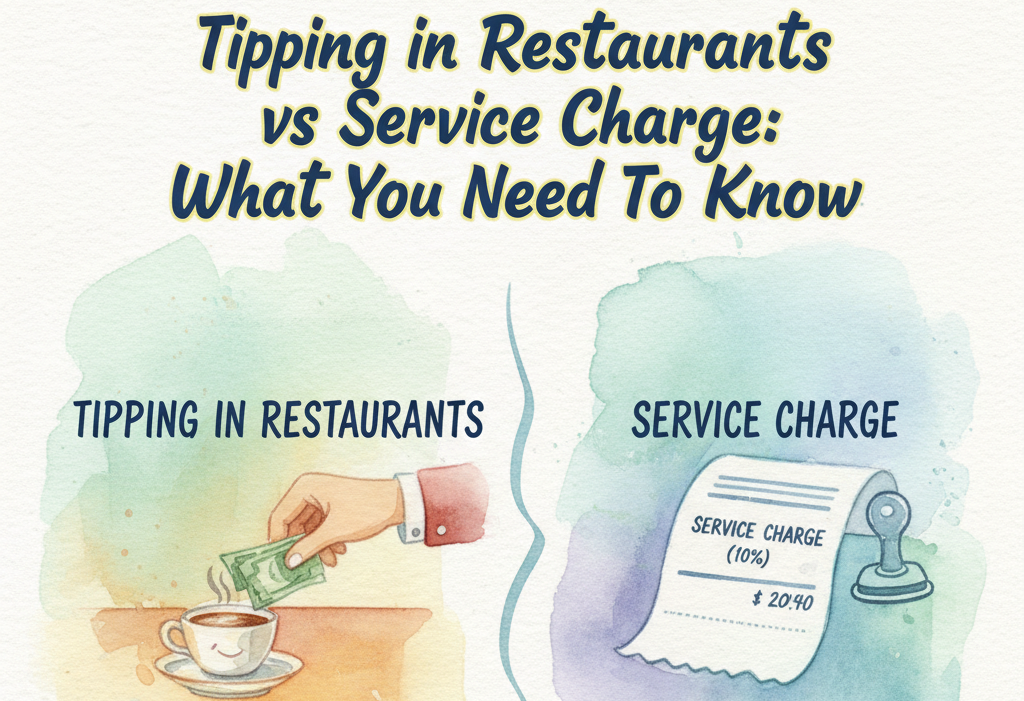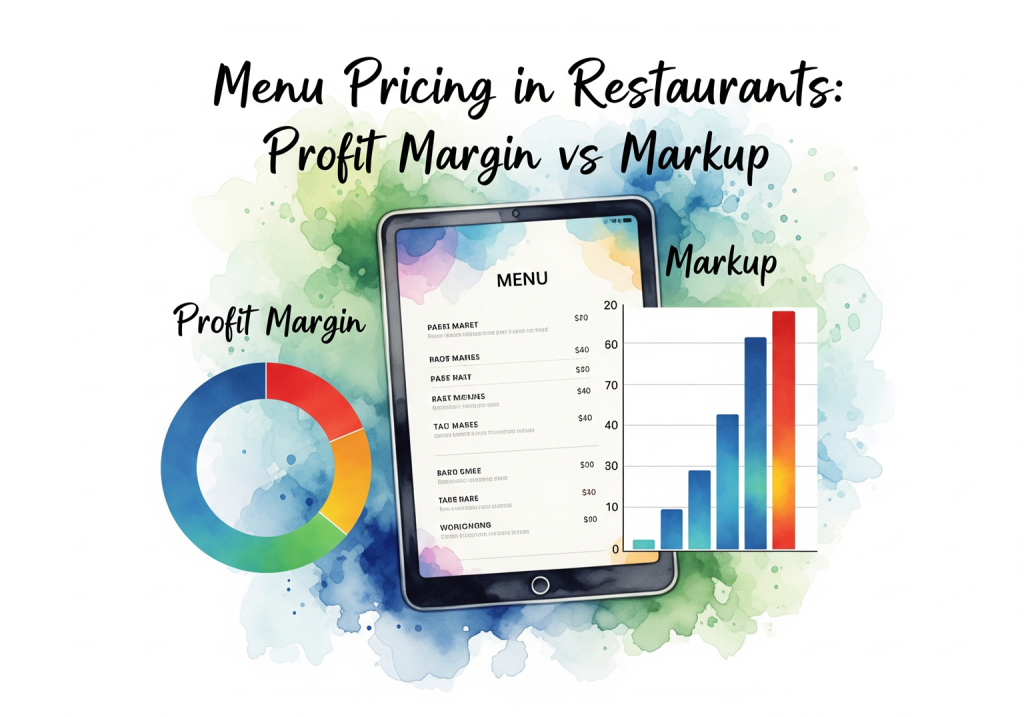Introduction:
In the ever-evolving F&B industry, it is crucial for restaurants to continually innovate and adapt their menu offerings to meet changing customer demands. By embracing innovative menu planning techniques, you can stay ahead of the curve, captivate customers’ interests, and drive business growth. In this blog post, we will explore creative and forward-thinking approaches to menu planning that can help your restaurant thrive in today’s dynamic market.
Embrace Seasonal and Local Sourcing:
Incorporate seasonal and locally sourced ingredients into your menu to showcase freshness, support local suppliers, and cater to customers’ growing interest in sustainability. By adapting your offerings to reflect the flavors of each season, you create a sense of excitement and variety for customers while capitalizing on the availability of fresh produce.
Introduce Limited-Time Collaborations:
Collaborate with local chefs, artisans, or food businesses to create unique limited-time menu items or special collaborations. This not only adds a sense of exclusivity and novelty to your offerings but also allows you to tap into new customer bases and cross-promote your restaurant with other reputable brands. Collaborations can generate buzz and create memorable dining experiences for your customers.
Cater to Dietary Preferences and Allergens:
Incorporate a diverse range of menu options to cater to different dietary preferences and allergens. Embrace plant-based and vegan alternatives, gluten-free choices, or allergen-conscious dishes. By providing inclusive and diverse options, you expand your customer base and ensure that all guests can enjoy a satisfying dining experience at your restaurant.
Create Interactive and DIY Experiences:
Offer interactive and do-it-yourself experiences through your menu. For example, you can provide build-your-own options, where customers can customize their meals with a variety of toppings, sauces, or sides. This empowers customers to personalize their dining experience, enhancing engagement and satisfaction.
Integrate Global Flavors and Fusion Cuisine:
Embrace global culinary influences and fusion cuisine to create unique and exciting flavor combinations. Incorporate international ingredients, spices, and cooking techniques to introduce new taste experiences to your customers. By offering globally inspired dishes, you tap into the growing interest in international flavors and provide a memorable dining adventure.
Consider Menu Adaptation for Delivery and Takeout:
Incorporate menu items specifically designed for delivery and takeout to cater to the evolving dining habits of customers. Optimize your offerings for travel-friendly packaging, ensuring that the quality and presentation of the food are maintained even outside the restaurant. This allows you to tap into the growing demand for off-premises dining experiences.
Introduce Seasonal Tasting Menus or Chef’s Specials:
Offer seasonal tasting menus or chef’s specials that showcase the culinary creativity and expertise of your kitchen. These curated experiences allow customers to sample a variety of dishes and flavors, creating a sense of anticipation and culinary exploration. Seasonal tasting menus can also help you utilize ingredients that are at their peak freshness during specific times of the year.
Incorporate Technology and Digital Enhancements:
Embrace technology to enhance the menu experience for your customers. Consider implementing QR code-based digital menus, allowing customers to easily access detailed descriptions, allergen information, and even interactive elements like food and wine pairing suggestions. Leverage social media platforms and online ordering systems to promote menu items and gather feedback.
Seek Feedback and Engage with Customers:
Actively seek feedback from your customers and engage in conversations about your menu offerings. Encourage diners to provide input through surveys, comment cards, or social media platforms. Analyze their feedback and consider incorporating popular suggestions or addressing concerns in your menu planning. Engaging with your customers strengthens their loyalty and allows you to create offerings that truly resonate with their desires
Conclusion:
Innovation in menu planning is essential for staying relevant and meeting the evolving demands of customers in the F&B industry. By embracing seasonal and local sourcing, introducing limited-time collaborations, catering to dietary preferences, creating interactive experiences, integrating global flavors, considering menu adaptation for delivery and takeout, offering seasonal tasting menus, incorporating technology, and actively seeking feedback, you can differentiate your restaurant and captivate the taste buds of your customers.
Continuously explore new ideas, stay updated on culinary trends, and maintain an open dialogue with your customers to understand their preferences and desires. By implementing innovative menu planning techniques, you can create an unforgettable dining experience that sets your restaurant apart from the competition and fosters long-term customer loyalty.



